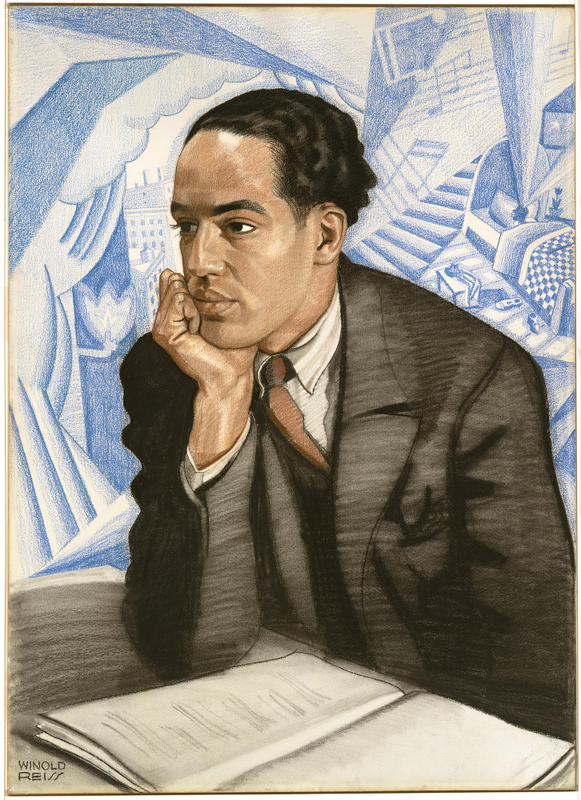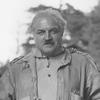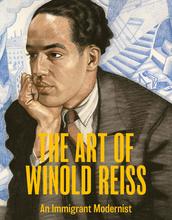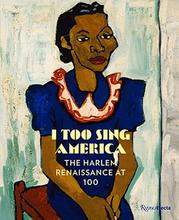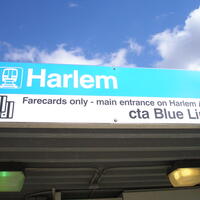More about Langston Hughes
- All
- Info
- Shop

Sr. Contributor
Langston Hughes may be the greatest Black icon of American poetry.
But kindergarten teachers stop reading now, this isn’t your “Black History Month: Public School Edition” of the life of Langston Hughes. Descended from two slave/master rapes, Hughes was also part Native American, part Jewish and potentially gay…which makes him a sex-change and a disability or two away from being Oprah’s next miniseries event. He was the ideal subject for portrait artist Winold Reiss, who specialized in doing stylish, modern portraits of America’s “colored” intellectual underground.
Hughes became the narrator of an age he coined as, “When the Negro was in vogue,"...and we aren’t referring to those European models that crop up annually in the pages of French Vogue in tacky blackface. Ironically, his phrase has since been amended to the more politically correct “When Harlem was in vogue,” but there was nothing politically correct about our man Hughes.
When America was at the height of the Red Scare, this Ivy League dropout dabbled in Communism, and may also have dabbled in homosexuality. He sorted out his own considerable daddy issues in his story “Blessed Assurance” about a queer-identified son coping with his father’s homophobic rage. One of his pastimes was attending Harlem’s notorious drag balls, in which African-American transvestites dressed as the likes of Cleopatra and Madame de Pompadour.
Hughes captured the glittering underbelly of 1920s nightlife with his Jazz Poetry. And his '20s was an era you probably won’t see in the next episode of Downton Abbey.

